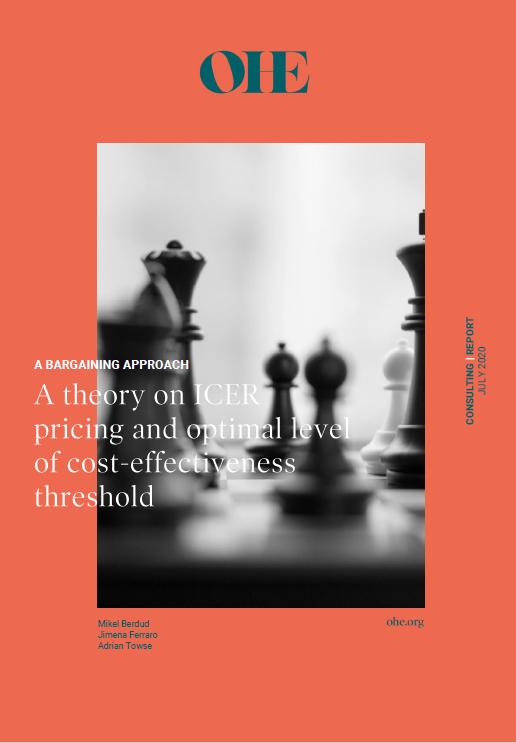Unlocking the Value of Combination Therapies

This paper presents a supply and demand model of pharmaceutical markets to analyse the relationship between the value of the Cost-Effectiveness Threshold (CET) and the distribution of the health and economic value of new medicines between consumers (payers) and developers (life science…
This paper presents a supply and demand model of pharmaceutical markets to analyse the relationship between the value of the Cost-Effectiveness Threshold (CET) and the distribution of the health and economic value of new medicines between consumers (payers) and developers (life science industry). As a novelty, the model incorporates a bargaining process and bargaining power distributed between the payer and the developers, which has an impact on the distribution of the health and economic value of new medicines between the two parties. One of the key findings of the paper is that, with sufficiently large payer’s bargaining power, an efficient CET value, which distributes health and economic value evenly between the payer and developers, could be higher than the supply-side CET.
The paper includes a user-friendly executive summary summarising key results of the paper and discussing its policy implications.
A Bargaining Approach: A Theory on ICER Pricing and Optimal Level of Cost-Effectiveness Threshold

